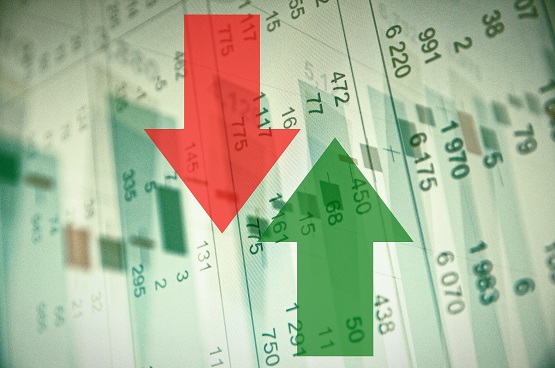In the near term, the domestic equity market is expected to trade within a narrow range of 24,000 to 25,000 on the Nifty50 index, reflecting a mixed bias. This cautious sentiment stems from ongoing geopolitical developments, particularly the evolving trade dynamics between India and the U.S., influenced by interactions involving Trump, Putin, and proposed meetings between Prime Minister Modi and leaders from Russia and China.
There is growing optimism that the proposed 25% penalty tariff may be deferred or withdrawn, with market participants viewing these measures as tactical moves aimed at securing favourable trade deals. Mild expectations of a potential agreement between Trump and Putin are also contributing to a positive undertone for India. Furthermore, the U.S. decision to delay additional tariffs on China by 90 days has added to the constructive sentiment.
However, inflationary pressures in the U.S. are beginning to show adverse effects. The core Consumer Price Index (CPI) rose to 3.1% in July, up from 2.8% in May. As of August 7, the effective U.S. tariff rate stands at ~18%—it’s highest since 1934—far exceeding the 3% rate estimated at the start of the year. Concurrently, core CPI has reached a six-month high and is expected to rise further on a month-over-month basis due to reciprocal tariffs. These inflationary indicators surpass thresholds typically considered by the Federal Reserve for rate cuts, suggesting limited scope for monetary easing in the short term. However, deteriorating payroll data could provide room for rate moderation starting with the September policy review.
Market sentiment currently suggests that the likelihood of enforcing the proposed 25% penalty tariff on India remains low. Conversely, the reciprocal tariff imposed is expected to persist in the short to medium term. The slowdown in bilateral trade negotiations has added to uncertainty, particularly affecting sectors such as textiles, capital goods, auto ancillaries, seafood, gems, and agriculture—industries that face relatively higher tariffs compared to other emerging markets.
This unexpected development has weighed on market expectations, pulling the Nifty50 below the 25,000 mark, which had previously been supported by hopes of a preliminary trade deal with the U.S. Relations between Prime Minister Modi and President Trump have notably deteriorated following the India–Pakistan conflict. Diverging views on peace initiatives, defence-related losses, and Pakistan’s strategic alignment with the U.S. have further strained diplomatic ties, influencing long-term geopolitical and personal dynamics of Trump.
Additional complexities in the India–U.S. trade relationship arise from differing positions on oil imports from Russia and the liberalisation of sensitive sectors such as agriculture and dairy. India remains steadfast in its commitment to protect vulnerable farming communities—a stance it has consistently maintained in other trade negotiations, including the UK Free Trade Agreement and ongoing discussions with the European Union. Recently, Russian oil imports have slowed due to international financing and supply chain restrictions linked to European sanctions and anticipated U.S. mandates. Nonetheless, India continues to prioritise Russian imports for fiscal and strategic reasons.
Given these uncertainties, the market is expected to adopt a wait-and-watch approach. Domestic consumption-driven sectors such as FMCG, consumer durables, cement, finance, and infrastructure offer relative stability and investment opportunities. Meanwhile, export-oriented sectors like IT and pharma are likely to remain cautious in the near term, although attractive valuations may appeal to long-term investors in the technology space.
Overall, the market is expected to remain stock- and sector-selective, as broader indices trade at approximately 20x one-year forward price-to-earnings (P/E)—a valuation that appears stretched relative to the 10% corporate earnings growth reported in Q1.
First published in Mint








